California is again being devastated by wildfires, but they are occurring worldwide. Understanding what sparks them and how to be prepared for them is key to staying safe. Whether it’s the droughts drying out vegetation, careless disposal of cigarettes, or intentional acts of arson, the causes of wildfires are numerous and often preventable. As homeowners, outdoor enthusiasts, or members of communities in wildfire-prone areas, it’s crucial to be prepared and know how to act swiftly. This guide will break down the major wildfire causes, discuss practical wildfire preparedness tips, and provide essential evacuation tips to help keep you and your loved ones safe. With the proper knowledge and tools, you can confidently protect your home and ensure your family’s safety from this fiery disaster.
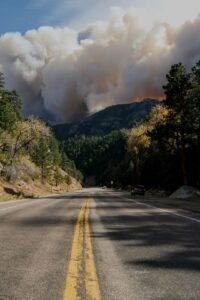

Human Activities Fueling Fires
Human activities are a significant contributor to wildfires.
Campfire safety is often overlooked, leading to unintended fires. People may leave campfires unattended or fail to extinguish them, allowing embers to ignite nearby vegetation properly.
Discarded cigarettes are another common cause; a lit cigarette tossed carelessly can quickly start a fire, especially in dry conditions.
Arson is also a factor, with individuals deliberately setting fires for various reasons.
Construction activities, such as welding or using heavy machinery, can also spark fires if preventive measures aren’t taken.
Understanding how human actions contribute to wildfire causes is essential for prevention. By practicing responsible behavior, like fully extinguishing campfires, properly disposing of smoking materials, and adhering to local regulations, individuals can significantly reduce the risk of starting a wildfire. Awareness of these risks empowers communities to safeguard their surroundings from human-induced wildfires.
Mastering Wildfire Preparedness
Building a Robust Emergency Kit
A well-prepared emergency kit is a cornerstone of effective wildfire preparedness. Start with the essentials:
Water, non-perishable food, and a first-aid kit. Aim to have at least a three-day water supply, roughly one gallon per person per day. Include medications, important documents, and some cash in your kit.
Don’t forget practical items like flashlights, batteries, and a portable phone charger. A battery-powered or hand-crank radio is crucial for receiving updates if the power goes out.
Personal safety items, such as masks to filter out smoke and sturdy gloves, can be lifesavers.
Remember to pack pet food and any necessary pet medications for the furkids.
Regularly check and update your emergency kit to ensure all items are current and in working condition. Having a robust emergency kit ready allows you to respond swiftly and efficiently in the face of a wildfire, ensuring the safety of your loved ones.
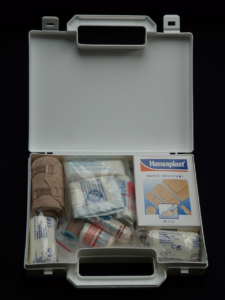
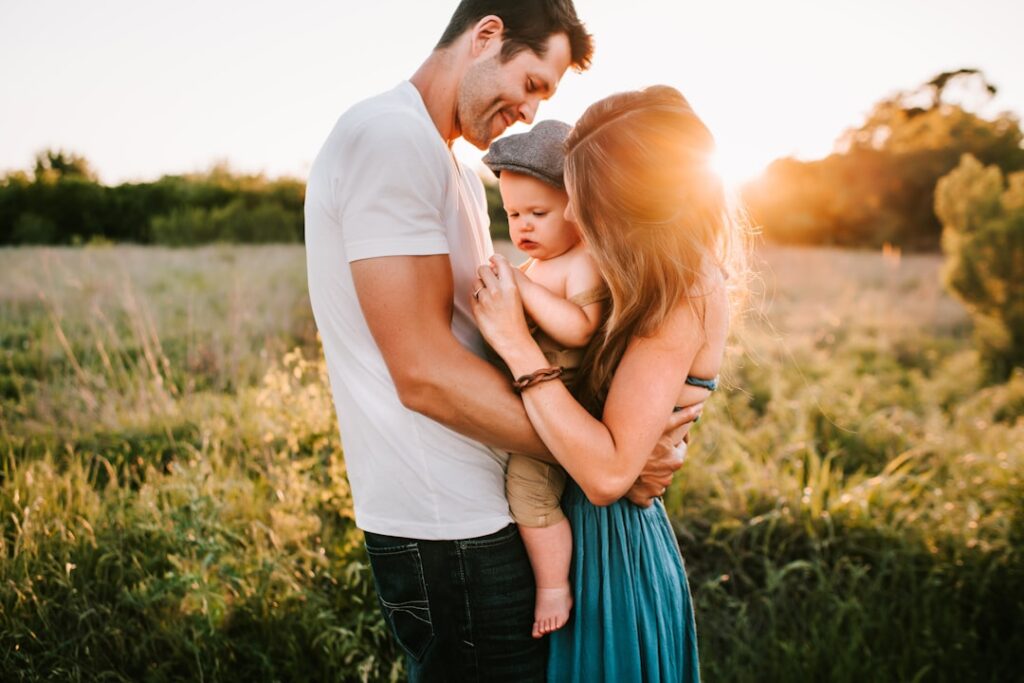
Crafting a Family Communication Plan
A family communication plan is vital for wildfire safety. Start by designating an out-of-area contact person who can relay information among family members if local communication lines are down. Make sure everyone in your household has this contact’s phone number saved.
If you can’t return home, establish a meeting point outside your immediate neighborhood. This could be a relative’s house or a local landmark. Ensure all family members know the address and how to get there.
Practice different evacuation routes and have a backup plan if primary roads are blocked.
Teach children how to use emergency numbers and what to say.
Use group messaging apps to keep everyone updated quickly.
Review and practice your communication plan regularly to ensure its effectiveness. A well-thought-out communication plan ensures that everyone in your family knows where to go and how to stay in touch during a wildfire emergency.
Create “defensible space”: This is the area around your home. Keep it clear of foliage, plant/tree debris, and other vegetation to help prevent fire from spreading to your house.
Evacuation Tips for Safety
Recognizing Evacuation Orders
Recognizing and understanding evacuation orders is crucial for ensuring your safety during a wildfire. Evacuation orders are typically categorized into three levels: “Ready,” “Set,” and “Go.”
When an area is put on “Ready” status, conditions are right for a potential evacuation, and you should prepare by gathering essentials and double-checking your emergency kit.
“Set” status indicates that the threat is imminent; your vehicle should be packed and ready to leave immediately.
“Go” means immediate evacuation is necessary. Do not delay—grab your emergency kit and follow your pre-planned evacuation route.
Keep local news and emergency alert systems updated. Familiarize yourself with the specific terminology and signals used in your community for evacuation orders. Recognizing these orders quickly can significantly improve your family’s safety during a wildfire emergency.
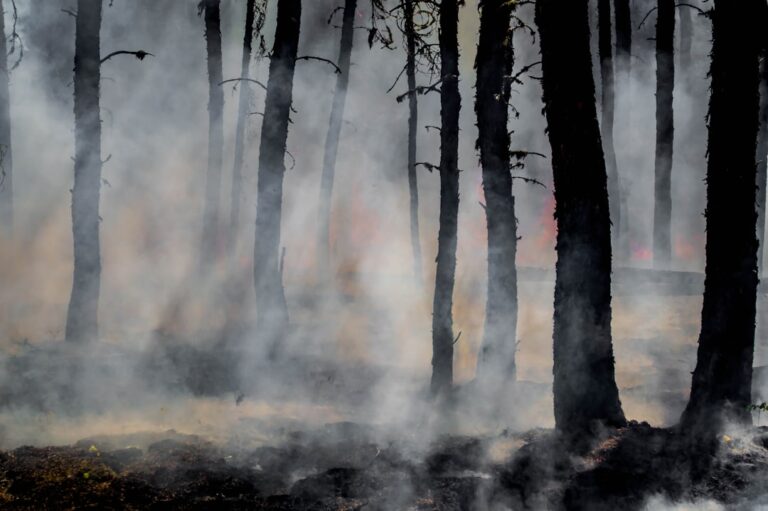
Planning Multiple Exit Routes
Planning multiple exit routes is essential for effective evacuation during a wildfire. Wildfires can spread unpredictably, and relying on a single route could be risky if it becomes blocked.
Identify at least two or three routes out of your neighborhood. Use maps to familiarize yourself with these routes, and practice them with your family during daylight to ensure everyone knows the way. Keep the routes updated based on any changes in road conditions or construction.
Consider alternate forms of transportation, such as walking or biking, if roads become impassable.
If you have pets, plan their evacuation as well, ensuring your routes accommodate their transport needs.
Knowing multiple ways to evacuate reduces stress and increases your chances of a safe escape. Planning and practicing these routes ensures your family can respond quickly and efficiently during a wildfire evacuation.

How to Get Involved
Engage with your local fire department to learn about community-specific fire risks and the services available to help you prepare.
Consider volunteering or attending CERT (Community Emergency Response Teams) training sessions to learn essential emergency readiness skills and how to support your community during disasters.
Resources for Further Reading and Assistance
Government and Non-Profit Organizations
Ready.gov Wildfires: A comprehensive guide by the Federal Emergency Management Agency (FEMA) offering information on preparing for wildfires, survival during a wildfire, and returning home safely after an event. Visit Ready.gov
National Interagency Fire Center (NIFC): A source for the latest news and information on wildfires in the United States. The NIFC provides interagency resources and support for managing wildland fires. Visit NIFC
American Red Cross: Offers tips on disaster preparedness and recovery, including specific advice for wildfires. The Red Cross also provides emergency relief services in affected areas. Visit American Red Cross
Educational Materials and Research
Smokey Bear: A long-standing public service campaign that educates the public on preventing wildfires. Offers resources for teaching fire safety, especially for children. Visit Smokey Bear
National Weather Service (NWS) Fire Weather: Provides fire weather forecasts and warnings to help communities stay informed about fire weather conditions. Visit NWS Fire Weather
Technology and Tools
Wildfire Apps: Several mobile apps offer real-time updates on wildfire locations, air quality indexes, and evacuation notices. Apps like “MyRadar,” “Wildfires Near Me,” and “Fire Finder” can be instrumental in keeping you informed.
Local Alerts and Notifications: Sign up for local emergency alert systems to receive texts or emails about approaching wildfires and mandatory evacuations.

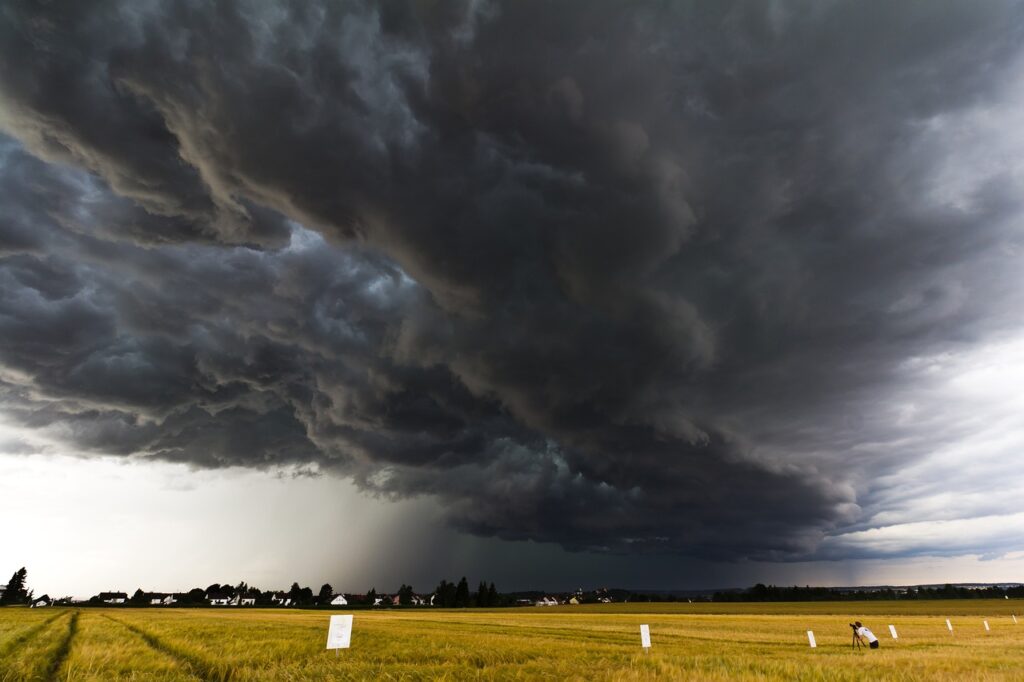

Pingback: Mastering Disaster Etiquette: How to Help with Empathy Articles